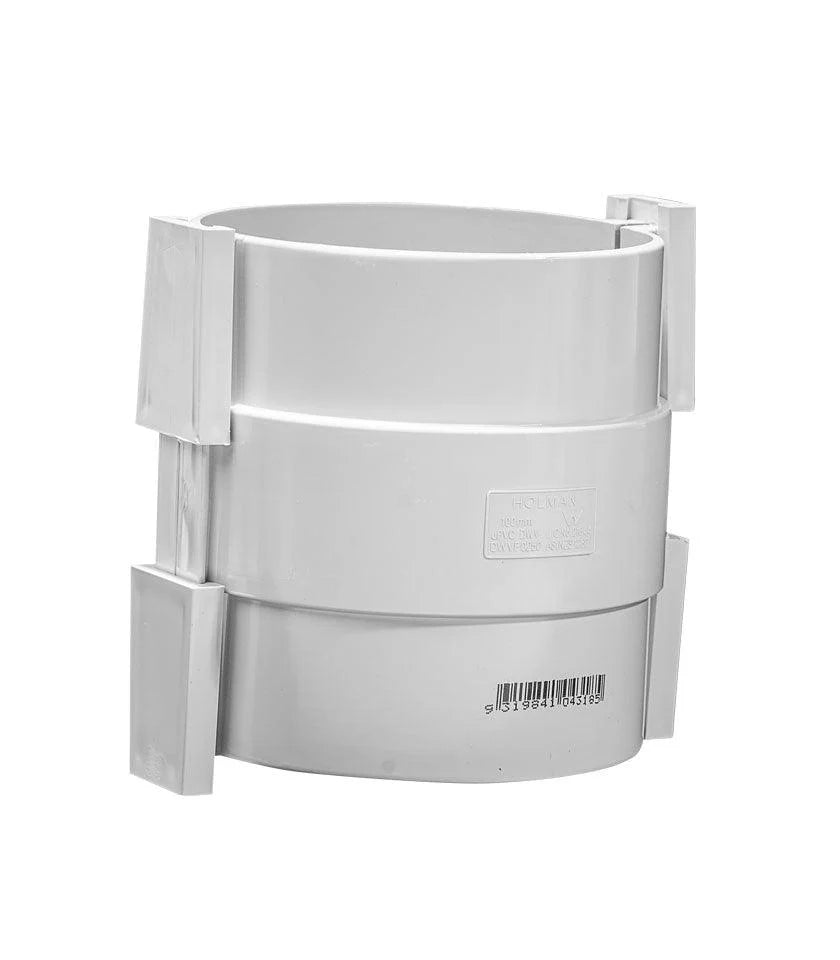DWV and Schedule 40 - Are they interchangeable?
The Difference Between DWV and Schedule 40
While there shouldn't be any confusion, there are some instances where the incorrect product is used which can lead to disaster.
If you've been in the market for PVC pipe and fittings you may have come across something called DWV. DWV parts look very similar to standard white schedule 40 PVC pipe and fittings. The only real difference is that DWV PVC is not made to handle pressurized uses like schedule 40 parts are. Instead, DWV pipe and fittings are made to handle a different class of uses – Drain, Waste, and Vent (hence the name DWV). Drain, waste, and vent applications use gravity to create the flow of water and waste through the pipeline. These applications cause minimal stress on the PVC parts, allowing for thinner walls and the elimination of pressure testing by the manufacturer.
The result is a less expensive product with a few specialized parts that are particularly useful for drain and vent uses. A few parts that are typically used for DWV applications are p-traps, drains, and cleanouts. Another difference between DWV and standard PVC parts is the end types. Standard schedule 40 PVC fittings have ends that are either threaded or socket (sometimes called slip). DWV parts sometimes come threaded, but their slip style fitting ends are called “hubs,” and are usually shallower than the deeper schedule 40 ends. For example, a slip coupling may be called “HUB x HUB” or “H x H” for short.
DWV parts are made with the same threading (NPT) and are made to the same size as standard PVC fittings. Since this is the case, DWV and schedule 40 and 80 pipe and fittings will fit together, but it isn't recommended that they are used together.
Note: DWV parts should never be used to carry pressurized liquids or gas.
If you're looking for DWV products just click here to browse and buy our range of DWV products: https://plumbershq.com.au/collections/apsd-dwv-fittings
